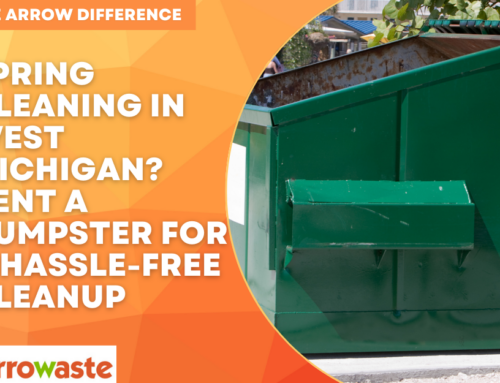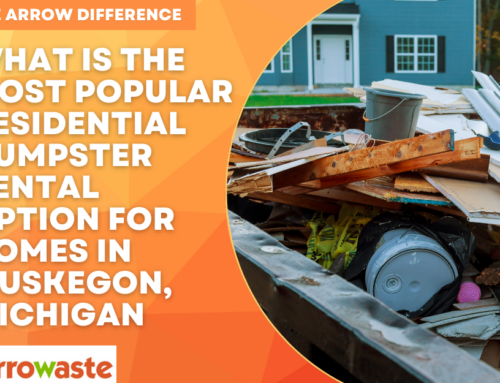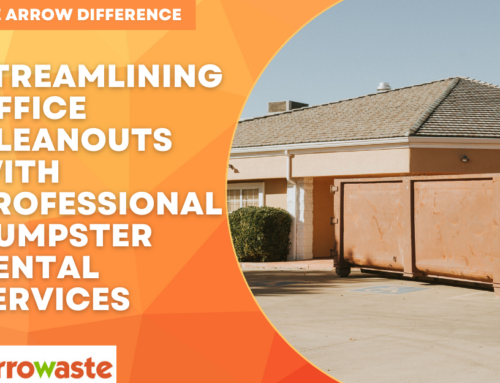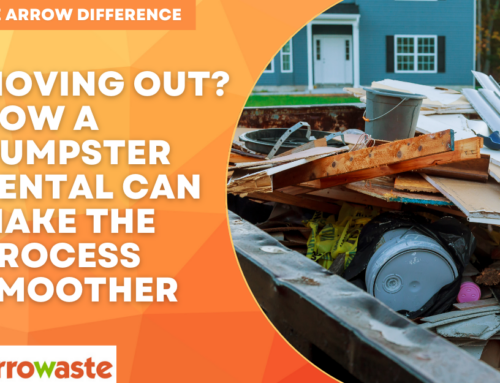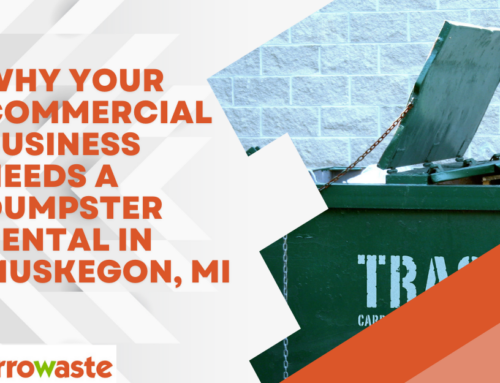In the course of a lifetime, the average American will toss out at least 600 times the amount of their adult weight in garbage. With so much waste in the world, proper yard waste removal is imperative, the following are some dos and don’ts, as well the proper measures to take to avoid unneeded waste.
Residential Yard Waste Removal
Instead of simply removing trash, a new focus is being made toward waste management and reduction, seeing great benefits for effective yard waste removal. For example:
Cost-cutting measures: An increase in recycling can slash disposal costs.
Armed with knowledge: A clear understanding of the types of wastes, which in turn helps find better avenues for a reduction in hauling costs.
Streamlining the process: Tracking waste management activities in one platform, so the information is more readily available.
Improving sustainability: The management of waste, energy, and water in an efficient way. Improving sustainability has a positive impact on the environment.
Tracking waste and recycling is key for an optimum waste reduction in a yard waste removal program. Keeping track of the amount of yard waste removal helps tremendously to prevent greenhouse gas emissions, and assists with cost reduction.
What Shouldn’t Go in the Trash
Because electronics contain heavy metals, they should not be put in the trash. Electronics such as laptops, old televisions, iPods, and cassette players. Light bulbs, smoke detectors, and even mercury thermometers should also not be placed in the trash. On the same token, there are items that cannot be placed in recycling bins, such as:
- Plastic bags and wrappings
- Bagged recyclable material
- Anything that can hols a risk of tangling
- Hazardous materials or chemicals
- Batteries
- Diapers
- Electronics
- Food and anything food soiled
Waste Removal Practices for Commercial Businesses
Effective team management goes to a successful yard waste removal system within a commercial business or organization. This includes:
- Working to set long-term and short-term reduction goals
- Strategic planning of activities
- Working with your organization’s management to set short and long-term waste reduction goals
- Gathering and analyzing information related to the design and implementation of your planned activities
- Securing management participation in advocating goals and the implementation of those goals, which involves communicating how important the reduction of waste is within an organization, as well as commending employees for their participation in waste reduction
- Offer employee incentives to assist in waste reduction
- Constant monitoring of progress
Waste Prevention Within an Organization
The best way to reduce a businesses’ waste is to generate less waste in the first place. Overall, waste prevention practices offer great environmental benefits and are cost-effective. Businesses can begin to reduce waste immediately by using only what is needed. Changing the way supplies are purchased, and the use of materials can greatly reduce enormous amounts of waste. Reusing products and packaging as well as delays disposal. Reuse is classified as repairing and washing of materials.
Why Recycling is Important
Recycling keeps materials out of landfills and saves energy. This practice also provides raw materials to create new materials. Recycling is a valuable way to go when waste can’t be prevented. Recycling makes the best use of waste, conserving valuable resources, such as water, land, and raw material. Recycling saves energy, helps keep materials out of landfills and incinerators, and provides raw materials for the production of new products. When waste cannot be prevented, recycling is the next best option. Recycling is more than extending the life of landfills. It is about making the best use of the resources we have available and conserving those resources for future generations. It is about conserving water, energy, land, and raw materials. Composting is recycling for organic material. Food waste, as well as yard trimming, can be converted into soil amendments that aid in healthy soil, thus preventing these from filling up landfills.
Proper yard waste removal doesn’t have to be complicated. With the right practices and an eye toward conservation, waste management can work for you.


